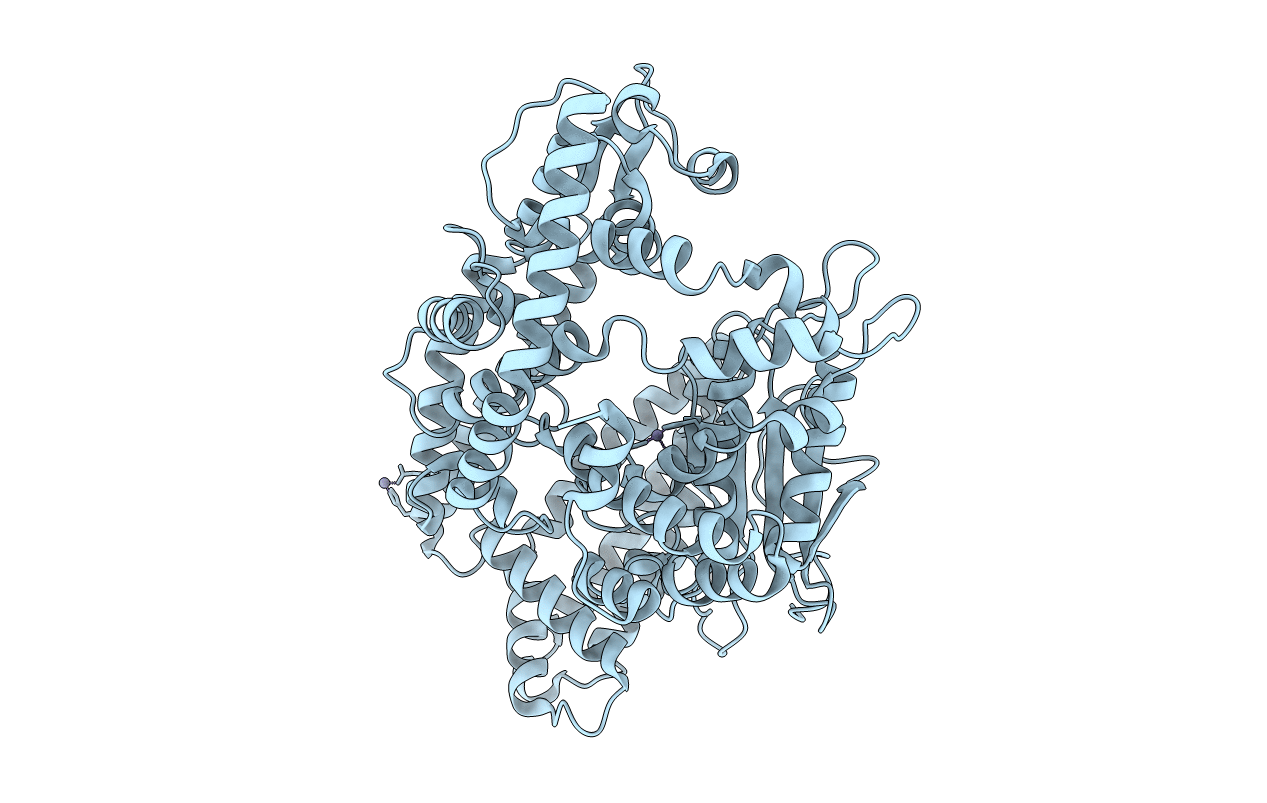
Deposition Date
2001-02-01
Release Date
2001-02-28
Last Version Date
2024-02-07
Method Details:
Experimental Method:
Resolution:
2.30 Å
R-Value Free:
0.26
R-Value Work:
0.22
Space Group:
P 21 21 2


